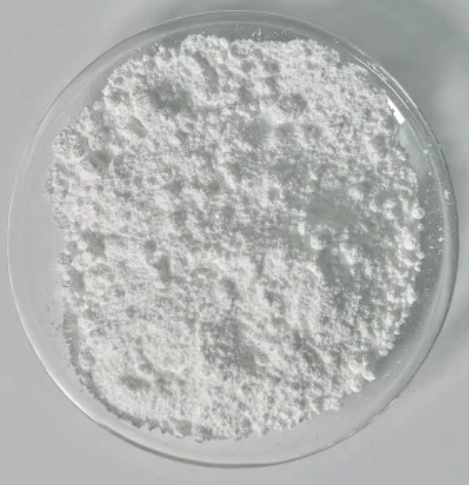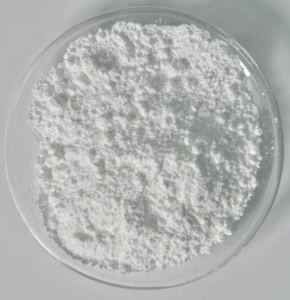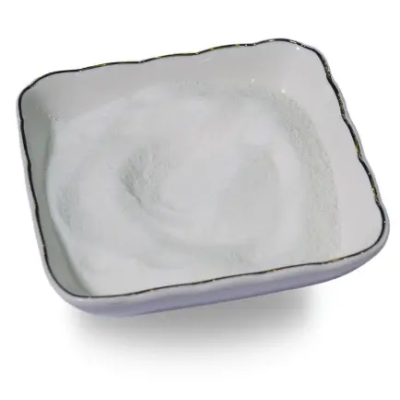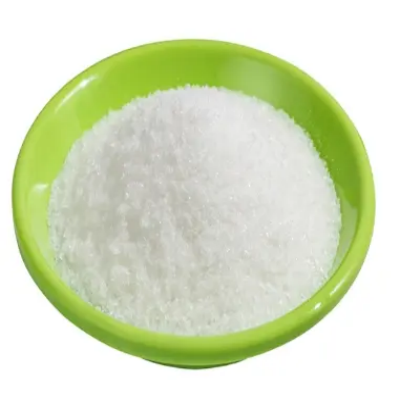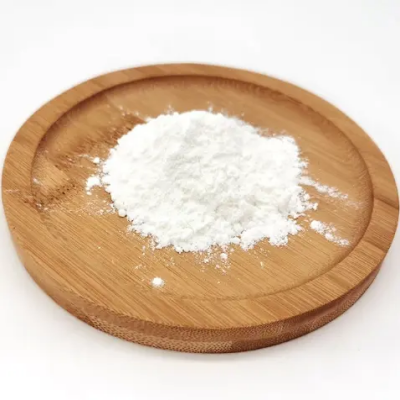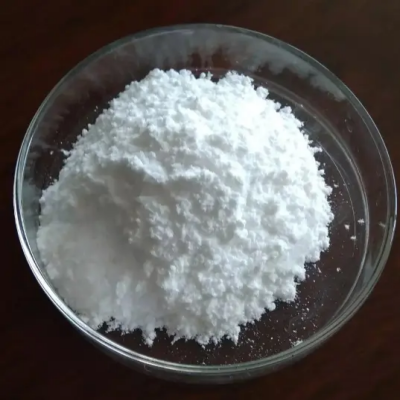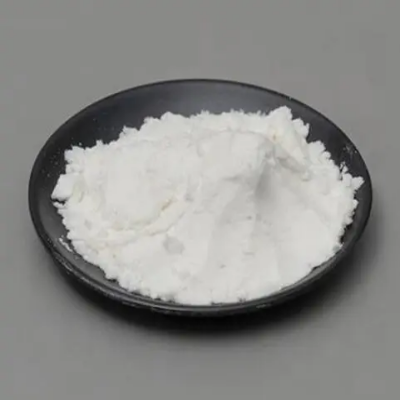ADOS CAS:82692-96-4 Manufacturer Price
pH Indicator: EHS is commonly used as a pH indicator due to its ability to change color based on the pH of a solution. In acidic conditions, it is colorless, but in alkaline conditions, it turns blue. This color change allows for the visual monitoring of pH changes in solutions.
Dye: EHS can act as a dye in various applications, particularly in biochemistry and protein analysis. It is used for protein staining in gel electrophoresis, allowing researchers to visualize and quantify protein samples in the gel.
Enzyme Assays: EHS is employed in enzyme assays to measure enzyme activities or detect enzymatic reactions. Its ability to interact with certain enzymes can result in color changes or fluorescence, providing information about the enzyme's activity.
Biochemical Research: EHS is utilized in various biochemical research areas, such as studying enzyme-substrate interactions, investigating protein structure and function, and exploring cellular processes.
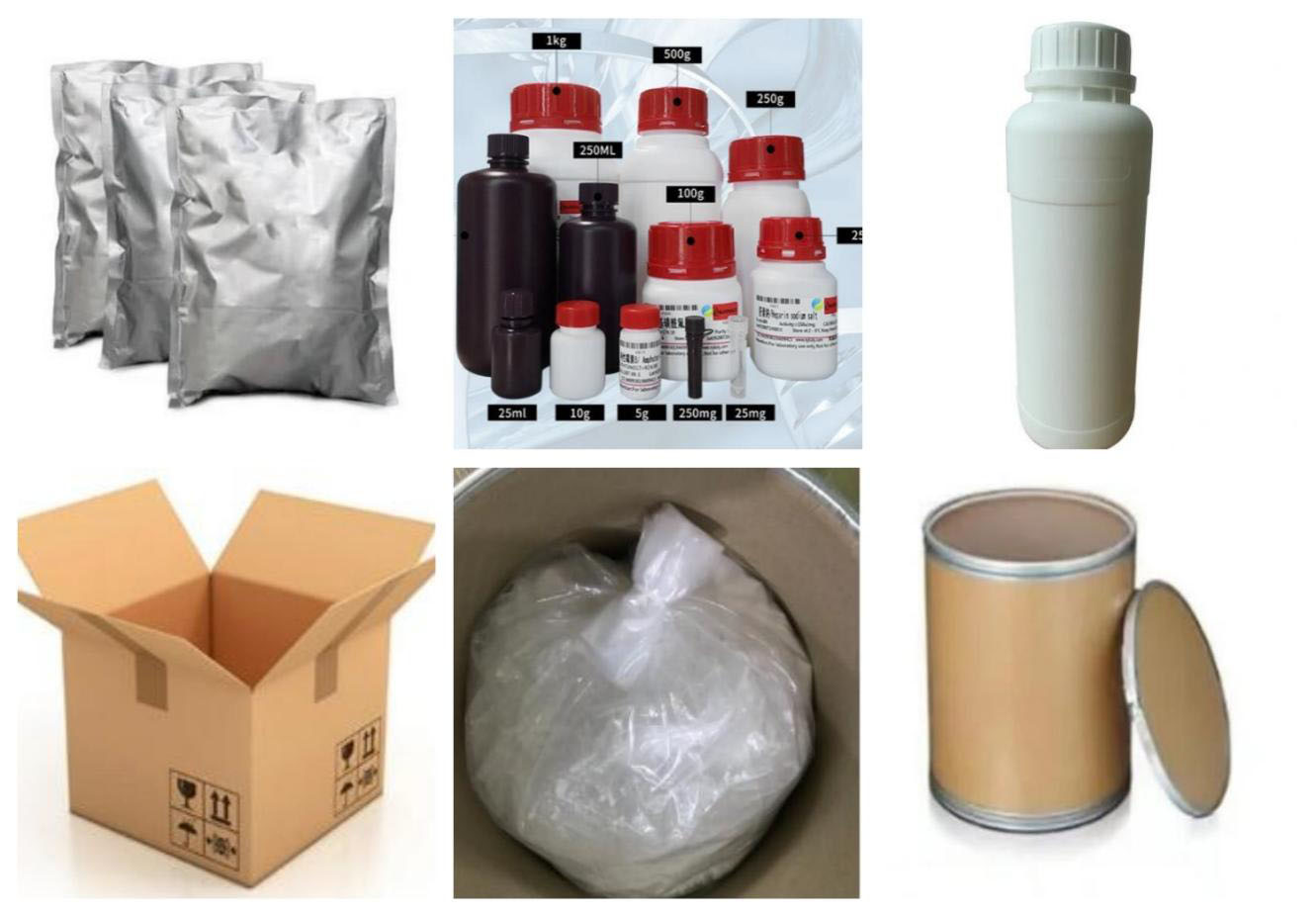
| Composition | C12H22NNaO7S |
| Assay | 99% |
| Appearance | White powder |
| CAS No. | 82692-96-4 |
| Packing | Small and bulk |
| Shelf Life | 2 years |
| Storage | Store in cool and dry area |
| Certification | ISO. |


